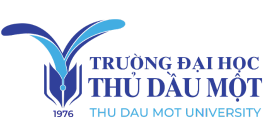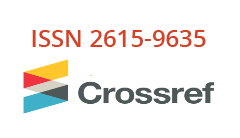THE APPLYING OF KWL STRATEGY IN TEACHING WAVE OPTICS TO FIRST-YEAR ELECTRICAL ENGINEERING STUDENTS
Abstract
In this study, the Wave Optics chapter, which is part of the General Physics A2 course for first-year Electrical Engineering students at Thu Dau Mot university, will be taught using the KWL (Know-Want to know-Learned) strategy. Creating a three-step KWL instructional process for four major Wave Optics chapter topics, creating learning scenarios that use the KWL strategy, and evaluating the technique's effects on students' critical thinking, active learning, and knowledge retention are all parts of the research objectives. Both qualitative and quantitative data analysis techniques are used in this study. Two classes were chosen at random: the experimental group (49 students) was taught using the KWL strategy, while the control group (49 students) followed a traditional instructional method. Data were collected through test scores, post-lesson surveys, and classroom observations. The findings show that the experimental group achieved an average score of 7.31, higher than the control group’s 6.13. Post-lesson surveys indicated that all 15 evaluation criteria reached a "Good" level, with mean scores ranging from 4.24 to 4.54. Students responded positively, expressing enjoyment in being able to ask questions, synthesize information, and engage more deeply in learning. The study confirms that the KWL technique is an effective teaching method that enhances instructional quality and promotes students’ active learning skills. This strategy holds potential for broader application across other STEM subjects to maximize learner-centered knowledge acquisition.
Keywords
Full text
View PDFPublication Information
Publisher
Thu Dau Mot University, Viet Nam
Editor-in-Chief

Assoc. Prof. Nguyen Van Hiep
Thu Dau Mot University
Thu Dau Mot University
Editorial Board
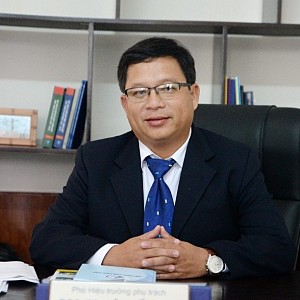
Assoc. Prof. Le Tuan Anh
Thu Dau Mot University
Thu Dau Mot University

PhD. Nguyen Quoc Cuong
Thu Dau Mot University
Thu Dau Mot University

PhD. Doan Ngoc Xuan
Thu Dau Mot University
Thu Dau Mot University

PhD. Nguyen Khoa Truong An
Thu Dau Mot University
Thu Dau Mot University

Assoc. Prof. Nguyen Thanh Binh
Thu Dau Mot University
Thu Dau Mot University

PhD. Le Thi Thuy Dung
Thu Dau Mot University
Thu Dau Mot University

PhD. Ngo Hong Diep
Thu Dau Mot University
Thu Dau Mot University

PhD. Nguyen Duc Dat Duc
Ho Chi Minh City University of Industry and Trade
Ho Chi Minh City University of Industry and Trade

Assoc. Prof. Nguyen Van Duc
Animal Husbandry Association of Vietnam
Animal Husbandry Association of Vietnam

PhD. Nguyen Thi Nhat Hang
Department of Education and Training of Binh Duong Province
Department of Education and Training of Binh Duong Province

PhD. Nguyen Thi Cam Le
Vietnam Aviation Academy
Vietnam Aviation Academy

PhD. Trần Hạnh Minh Phương
Thu Dau Mot University
Thu Dau Mot University
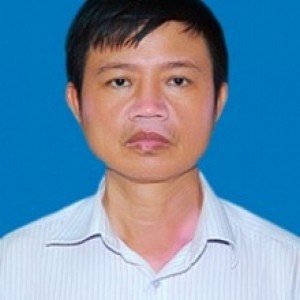
M.A. Pham Van Thinh
Thu Dau Mot University
Thu Dau Mot University

PhD. Nguyen Thi Lien Thuong
Thu Dau Mot University
Thu Dau Mot University
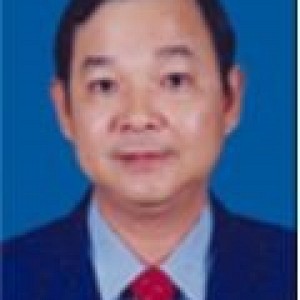
Prof. Le Quang Tri
Can Tho University
Can Tho University
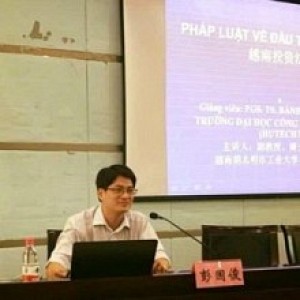
Prof. Banh Quoc Tuan
Thu Dau Mot University
Thu Dau Mot University
